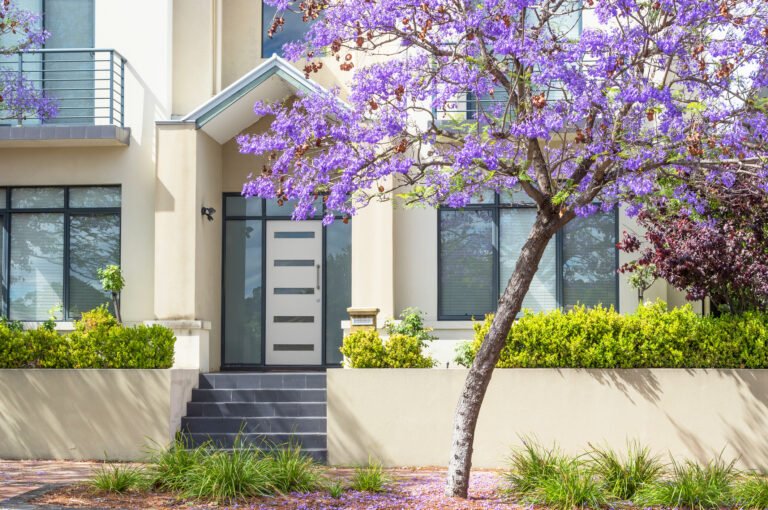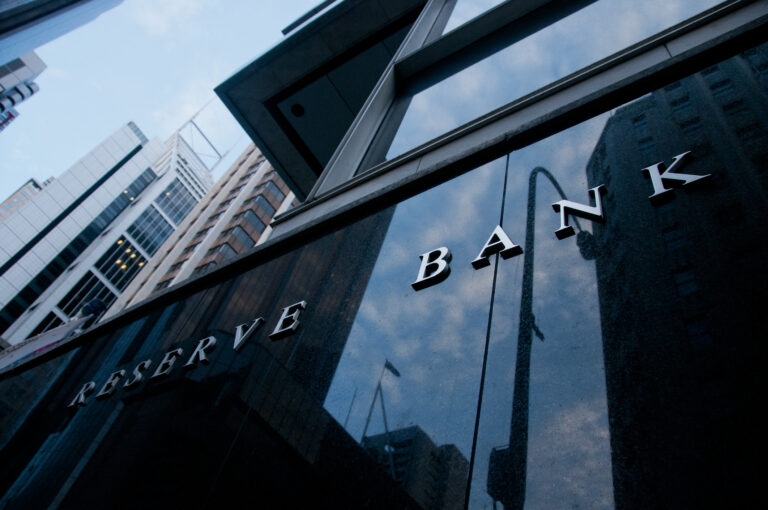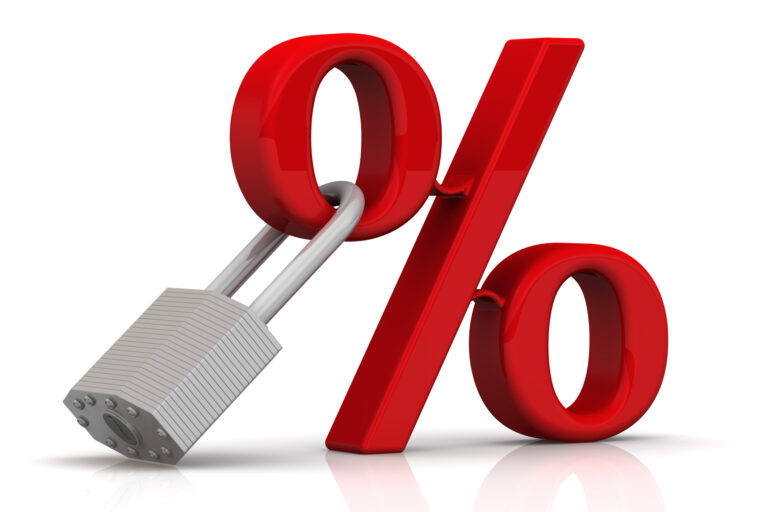The Gold Coast property market is luring plenty of property investors keen to take advantage of the growing demand to live in the lifestyle location. Figures from REA show that Gold Coast suburb Springbrook is one of the most in demand from tenants, with an average of 91 potential renters per house listing. Stapylton averages 75 and Bilinga Beach on the southern Gold Coast, just near the Queensland and New South Wales border is also becoming more appealing with an average of 57 potential renters per listing. Bilinga Beach has plenty going for it with a beachside lifestyle surrounded by a quieter neighbourhood than some of the central Gold Coast suburbs. In addition to shops, bars and restaurants it is only about five minutes from the Gold Coast Airport. Its median dwelling price has increased 61% in the past five years, while it has a median rental of $875 per week, which is up 27.3% on the same time last year.
Falling Market Stabilises
Property price drops have slowed in Southeast Queensland with new figures showing values in Brisbane only dropped by 0.1% in the December quarter. Domain’s latest analysis shows there are individual suburbs in the Southeast which are still powering ahead. The biggest increase in the 12 months to March was in Upper Caboolture where the median house price rose by 47%. Units in Coomera on the Gold Coast are next, with prices up by 46.7% during the same period, followed by units in Noosa Heads, up 44.9% and houses in Worongary, up 38%. The suburb experiencing the biggest decline is Minyama on the Sunshine Coast which is down 39.5%. Domain research and economics chief Dr Nicola Powell says the Brisbane market has experienced a rapid turnaround after previous steep falls in prices. “What has been different for south-east Queensland overall has been the pressure from interstate migration,” she says. She predicts a surge in overseas migration, will put more demand on the housing market.
Quote of the Week
We now have to get to the heart of the problem which is demand and supply rather than trying to do a patchwork of policy solutions with a whole bunch of unintended consequences which undermine the medium to long term performance of the economy.”
Warren Hogan – Judo Bank, Economic Adviser
Don’t Believe Everything You Read
The results are in, and once again Australian economists have read the property market wrong. They predicted prices would drop in 2023 with a 15% to 20% decrease in prices from peak to trough – they were wrong. Prices softened by about 9% but are already on the way back up, after two months of growth in March and April. Economists based their predictions on interest rate rises putting a dampener on house prices. Instead, a nationwide rental shortage, increased migration and lack of supply kept demand high and prices stable. The Commonwealth Bank admits it was wrong: “We did not pick the turning point in this cycle as we expected prices to continue to trend lower until the third quarter of 2023.” It has revised its forecast of a 6% drop this year to a 3% increase. Westpac, which tipped an 8% drop this year, says it will be a 1% gain and ANZ which tipped an 11% drop has changed says prices will remain flat.
Most Landlords Do The Right Thing
Landlords are an easy target when it comes to finding someone to blame for the rental crisis, but a new nation-wide survey has found most are trying to do the right thing by their tenants. The survey found an overwhelming majority of Australians have only ever had positive experiences with a landlord or rental provider. Commissioned by Aus Property Professionals, the survey shows three quarters of tenants have never had a bad experience. On a state-by-state basis, two thirds of Queensland tenants say they have not had a negative experience, compared with 80% of New South Wales tenants and 91% of ACT tenants. Lloyd Edge, of Aus Property Professionals, says most landlords are just “ordinary” people, usually mum and dad investors, who are trying to build a better future for themselves and their families. “Many of these landlords are conscientious and caring, and they want to do the right thing by their tenants.”
32 Lenders Cut Rates
Lenders are continuing to roll out the offers to lure customers with many slashing fixed interest rates. Canstar Group executive financial services, Steve Mickenbecker, says 32 lenders on Canstar’s database have cut owner occupier fixed rates this month. He says this is a sign that the market anticipates there will be lower variable rates in the near future. “The banks reduce fixed home loan rates when their cost of longer-term funding goes down, and that has started to happen following the decline in Australian government bond yields,” he says. RateCity.com.au research director, Sally Tindall, says even though fixed rates are dropping they are not the most popular option with borrowers. “The catch is, if you want these fixed rates, you have to be willing to lock up your loan for the next three years, a proposition many customers aren’t keen on committing to at this point,” she says










